 Conserving native bees for their vital pollination services is of national interest. It turns out that an excellent way to save bees is to not treat lawns with herbicides (weed-killers) or any other pesticides. It turns out that lawns with "flowering weeds" (think wildflowers or flowering plant species such as dandelions and clover) are valuable nectar and pollen sources for all sorts of species of bees (and also for butterflies).
Conserving native bees for their vital pollination services is of national interest. It turns out that an excellent way to save bees is to not treat lawns with herbicides (weed-killers) or any other pesticides. It turns out that lawns with "flowering weeds" (think wildflowers or flowering plant species such as dandelions and clover) are valuable nectar and pollen sources for all sorts of species of bees (and also for butterflies).
And as much research shows, pesticides (insecticides, herbicides, fungicides) have all sorts of negative health effects - on humans, pets, and wildlife (here, here, here, and here).
Chemically treated lawns are "dead zones" with an absence of normally occurring plant species. In contrast, a study found 63 different flowering plant species in 17 suburban lawns that were NOT treated with any herbicides or pesticides over the 2 year study period. The bee species they found tend to travel only short distances and so lived within close proximity of the lawns with the flowering weeds.
So do your bit for both human health and to protect bees, and don't treat lawns with chemicals. View what we now call lawn weeds as "spontaneous flowering plants" and that they are wildlife habitats. Of course using an organic fertilizer is OK, but just "mowing and leaving grass clippings" is also an excellent way to fertilize the lawn.
From The University of Massachusetts at Amherst (press release): To Help Bees, Skip Herbicides and Pesticides, Keep Lawns Naturally Diverse
Declining populations of pollinators is a major concern to ecologists because bees, butterflies and other insects play a critical role in supporting healthy ecosystems. Now a new study from urban ecologists at the University of Massachusetts Amherst suggests that when urban and suburban lawns are left untreated with herbicides, they provide a diversity of “spontaneous” flowers such as dandelions and clover that offer nectar and pollen to bees and other pollinators.
Private lawns make up a significant part of urban lands in the United States, an estimated 50 percent of city and suburbs, say Susannah Lerman and co-author Joan Milam, an adjunct research fellow in environmental conservation. They write, “Practices that support nesting and foraging opportunities for bees could have important implications for bee conservation in suburban areas.”
Lerman, an adjunct UMass Amherst faculty member who is also with the U.S. Forest Service, says, “We are still surprised at how many bees we found on these untreated lawns.” In this study of lawns in suburban Springfield, Mass., she and Milam found that “spontaneous lawn flowers could be viewed as supplemental floral resources and support pollinators, thereby enhancing the value of urban green spaces.”
For this study, supported by the National Science Foundation, the researchers enlisted owners of 17 lawns in suburban Springfield. Between May 2013 and September 2014, the homeowners did not apply chemical pesticides or herbicides to lawns. “We documented 63 plant species in the lawns, the majority of which were not intentionally planted,” the authors report. Lerman and Milam visited each yard six times per year for two years, collecting a total of 5,331 individual bees representing 111 species, of which 97 percent were native to North America.
Conserving native bees for their vital pollination services is of national interest, Lerman and Milam point out.....Overall, one of their main findings, say Lerman and Milam, is that “when lawns are not intensively managed, lawn flowers can serve as wildlife habitat and contribute to networks of urban green spaces.”
Further, “developing outreach to homeowners and lawn care companies to encourage, rather than eliminate, lawn flowers such as dandelions and clover and thin grass cover or bare spots could be a key strategy for urban bee conservation programs targeting private yards.”
Original study from the Annals of the Entomological Society of America: Bee Fauna and Floral Abundance Within Lawn-Dominated Suburban Yards in Springfield, MA
Private yards comprise a significant component of urban lands, with managed lawns representing the dominant land cover. Lawns blanket > 163,000 km2 of the United States, and 50% of urban and suburban areas. When not treated with herbicides, lawns have the capacity to support a diversity of spontaneous (e.g., not planted) flowers, with the potential to provide nectar and pollen resources for pollinators such as native bees.....We collected 5,331 individual bees, representing 111 species, and 29% of bee species reported for the state. The majority of species were native to North America (94.6%), nested in soil (73%), and solitary (48.6%).
We recorded 63 different flowering plant species in 17 lawns during 2013 and 2014. Dandelion (Taraxacum officinale) was the most widespread flower, found in all lawns in both years (Table 4). White clover (Trifolium repens), purple violet (Viola sororia), yellow wood-sorrel (Oxalis stricta), Canadian horseweed (Conyza canadensis), annual fleabane (Erigeron annuus), dwarf cinquefoil (Potentilla canadensis), and Pennsylvania smartweed (Polygonum pensylvanicum) were recorded in at least 60% of all sites for the two years (Table 4). In 2013, horseweed, hairy rock cress (Arabis hirsute), and white clover represented more than 67% of all flowers, whereas in 2014, white clover, yellow wood-sorrel, purple smartweed and purple violet were the most abundant species.

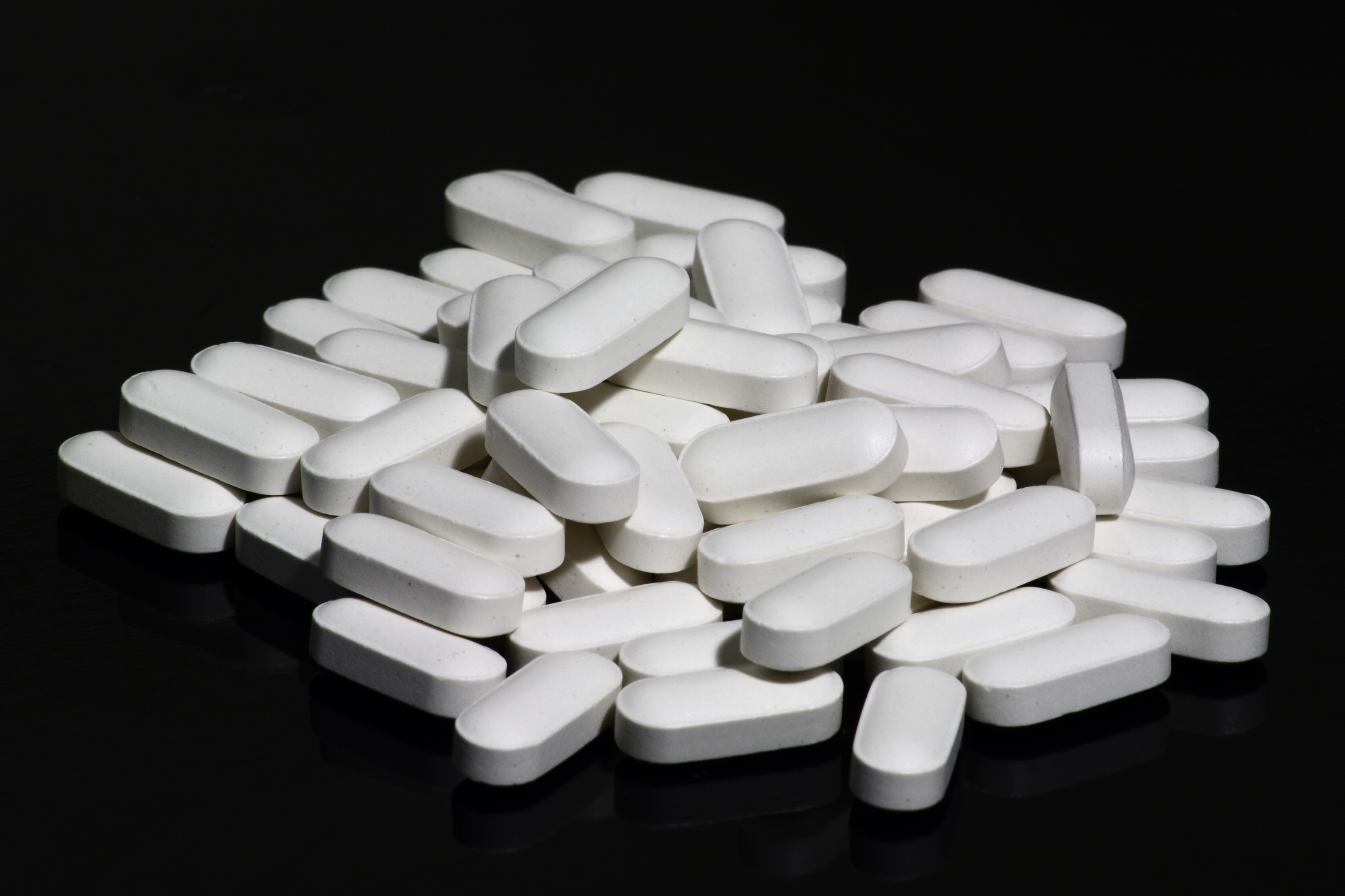 Once again, research shows that a
Once again, research shows that a 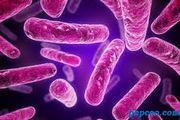 Today I read an interesting article about bacterial vaginosis and research on bacteria that could finally treat it effectively. Bacterial vaginosis (BV) appears to be a problem with the microbial community of a woman's vagina being out of whack (dysbiosis). Common symptoms include increased white or gray vaginal discharge that often smells like fish, there may be burning with urination and sometimes itching, and the discharge has higher than normal vaginal pH (alkaline).
Today I read an interesting article about bacterial vaginosis and research on bacteria that could finally treat it effectively. Bacterial vaginosis (BV) appears to be a problem with the microbial community of a woman's vagina being out of whack (dysbiosis). Common symptoms include increased white or gray vaginal discharge that often smells like fish, there may be burning with urination and sometimes itching, and the discharge has higher than normal vaginal pH (alkaline). A recent study found that yoga is as good as physical therapy in reducing chronic back pain in a diverse group of low-income patients. In those sticking with the program and attending the most yoga classes, yoga was better in the long-term than physical therapy and much better than just receiving educational advice about back pain. Both physical therapy and yoga reduced pain medication use by 20% at 12 weeks. These findings are supported by other research finding that yoga improves pain, function, reduces medication use, and practicing yoga long-term results in positive brain changes (such as more gray matter in the brain). From Medscape:
A recent study found that yoga is as good as physical therapy in reducing chronic back pain in a diverse group of low-income patients. In those sticking with the program and attending the most yoga classes, yoga was better in the long-term than physical therapy and much better than just receiving educational advice about back pain. Both physical therapy and yoga reduced pain medication use by 20% at 12 weeks. These findings are supported by other research finding that yoga improves pain, function, reduces medication use, and practicing yoga long-term results in positive brain changes (such as more gray matter in the brain). From Medscape: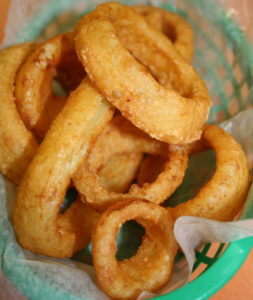 Recent research examined levels of endocrine disruptors called phthalates in people eating fast food. Researchers found evidence of a dose–response relationship between fast food intake and exposure to phthalates - the more one eats fast food, the more phthalates (actually metabolites of the phthalates) can be measured in the person's urine. Fast food consumers had higher urinary levels of the phthalates DEHP, DiNP, and BPA than those not consuming fast food (even though the differences in levels of BPA among groups were "non-significant"). This is of concern because these endocrine disruptors are linked to a
Recent research examined levels of endocrine disruptors called phthalates in people eating fast food. Researchers found evidence of a dose–response relationship between fast food intake and exposure to phthalates - the more one eats fast food, the more phthalates (actually metabolites of the phthalates) can be measured in the person's urine. Fast food consumers had higher urinary levels of the phthalates DEHP, DiNP, and BPA than those not consuming fast food (even though the differences in levels of BPA among groups were "non-significant"). This is of concern because these endocrine disruptors are linked to a 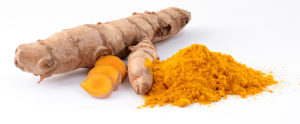 The spice turmeric is very popular these days, especially because studies link it to various health benefits. But is this true? Is it better to eat turmeric in foods or take it in pill form as a supplement? Today's post is about a study that was done by the BBC teaming up with researchers at Newcastle University (in the UK) where they looked at whether modest doses of turmeric had health benefits when ingested daily for 6 weeks. Specifically, they looked at what turmeric does to various blood markers thought to be associated with inflammation and changes that could eventually lead to the onset of cancer. It is currently thought that many or turmeric's supposed health benefits come from the compound curcumin found in it.
The spice turmeric is very popular these days, especially because studies link it to various health benefits. But is this true? Is it better to eat turmeric in foods or take it in pill form as a supplement? Today's post is about a study that was done by the BBC teaming up with researchers at Newcastle University (in the UK) where they looked at whether modest doses of turmeric had health benefits when ingested daily for 6 weeks. Specifically, they looked at what turmeric does to various blood markers thought to be associated with inflammation and changes that could eventually lead to the onset of cancer. It is currently thought that many or turmeric's supposed health benefits come from the compound curcumin found in it. We all know that exercise is beneficial for health. Research suggests that exercising out in nature is best for several varied reasons - including that it
We all know that exercise is beneficial for health. Research suggests that exercising out in nature is best for several varied reasons - including that it 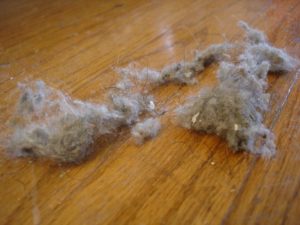 Ten chemicals suspected or known to harm human health are present in more than 90% of U.S. household dust samples, according to a new study. The research adds to a growing body of evidence showing the dangers posed by exposure to chemicals we are exposed to on a daily basis. The chemicals come from a variety of household goods, including toys, cosmetics, personal care products, furniture, electronics, nonstick cookware, food packaging, floor coverings, some clothing (e.g., stain resistant), building materials, and cleaning products. How do the chemicals get into the dust? The chemicals can leach, migrate, abrade, or off-gas from the products, which winds up in the dust and results in human exposure. (That's right: vacuum a lot and wash your hands a lot, and try to avoid or cut back use of products with these chemicals,)
Ten chemicals suspected or known to harm human health are present in more than 90% of U.S. household dust samples, according to a new study. The research adds to a growing body of evidence showing the dangers posed by exposure to chemicals we are exposed to on a daily basis. The chemicals come from a variety of household goods, including toys, cosmetics, personal care products, furniture, electronics, nonstick cookware, food packaging, floor coverings, some clothing (e.g., stain resistant), building materials, and cleaning products. How do the chemicals get into the dust? The chemicals can leach, migrate, abrade, or off-gas from the products, which winds up in the dust and results in human exposure. (That's right: vacuum a lot and wash your hands a lot, and try to avoid or cut back use of products with these chemicals,).jpg) There are some things we can do that are linked to living longer, such as not smoking and exercising regularly, but could reading books also have such an effect?
There are some things we can do that are linked to living longer, such as not smoking and exercising regularly, but could reading books also have such an effect? 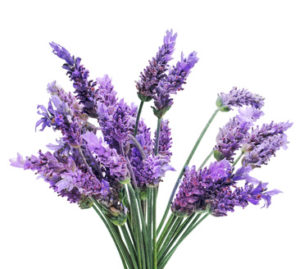 Over the years I have read about some oils, especially lavender and tea tree oils, as having hormone altering (endocrine disrupting) effects when used over prolonged periods of time or when someone is "chronically exposed". Especially worrisome was the possible estrogenic effects of lavender oils in shampoos, lotions, and soaps on developing children - especially boys (prolonged use leading to the development of breasts in some boys!). I just read a recently published journal study (with very interesting comments at the end), and an article in WebMD about this same topic. The condition of early breast development is called prepubertal gynecomastia in boys and thelarche in girls.
Over the years I have read about some oils, especially lavender and tea tree oils, as having hormone altering (endocrine disrupting) effects when used over prolonged periods of time or when someone is "chronically exposed". Especially worrisome was the possible estrogenic effects of lavender oils in shampoos, lotions, and soaps on developing children - especially boys (prolonged use leading to the development of breasts in some boys!). I just read a recently published journal study (with very interesting comments at the end), and an article in WebMD about this same topic. The condition of early breast development is called prepubertal gynecomastia in boys and thelarche in girls.